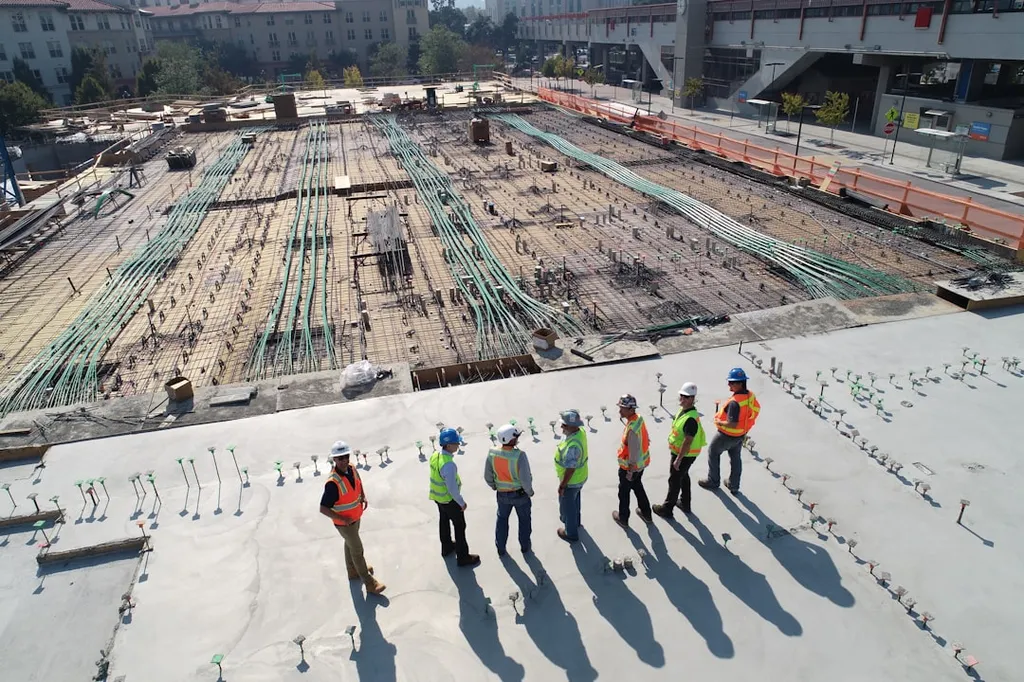In the bustling heart of Cebu City, Philippines, a groundbreaking study is challenging the status quo of safety education in the construction industry. Led by Dennis Capuyan of Cebu Technological University, the research delves into the preparedness of civil technology students for real-world construction hazards, with implications that resonate far beyond the classroom, especially in the energy sector.
The construction industry is a linchpin of economic growth, but it’s also one of the most hazardous sectors. As the demand for infrastructure and energy projects surges, so does the need for a skilled, safety-conscious workforce. Capuyan’s study, published in the Journal of Technology and Science Education, sheds light on the gaps in safety training that could have significant commercial impacts.
The research, which surveyed 254 civil technology students, reveals a stark reality: while students have a foundational understanding of safety protocols, many struggle with the practical application of their training. This disconnect could lead to costly delays, increased insurance premiums, and, most critically, preventable accidents.
“Students reported varied levels of severity for different hazards, including fall, equipment, and structural hazards,” Capuyan explains. “This variability indicates that our current approach to safety education may not be adequately preparing students for the diverse challenges they’ll face in the field.”
The energy sector, with its complex construction and deconstruction activities, is particularly vulnerable to these gaps. From the installation of renewable energy infrastructure to the decommissioning of aging power plants, each phase presents unique safety challenges. A well-trained workforce, equipped with both theoretical knowledge and practical skills, is crucial for mitigating risks and ensuring project success.
Capuyan’s study underscores the need for better alignment between academic curricula and industry safety standards. It calls for a more comprehensive approach to safety education, one that includes hands-on experience and real-world applicability. This shift could not only enhance student preparedness but also boost the industry’s overall safety culture.
The implications of this research are far-reaching. For educational institutions, it’s a call to action to revamp their safety training programs. For industry stakeholders, it’s an opportunity to collaborate with academia to bridge the gap between theory and practice. For policymakers, it’s a chance to update regulations to reflect the evolving needs of the industry.
As the construction industry continues to evolve, so too must its approach to safety education. Capuyan’s research, published in the Journal of Technology and Science Education (Journal of Technology and Science Education is translated to Journal of Technology and Science Education), serves as a wake-up call, urging stakeholders to prioritize comprehensive safety training. After all, a future-ready workforce is not just about technical skills; it’s about ensuring that every worker returns home safely at the end of the day.

